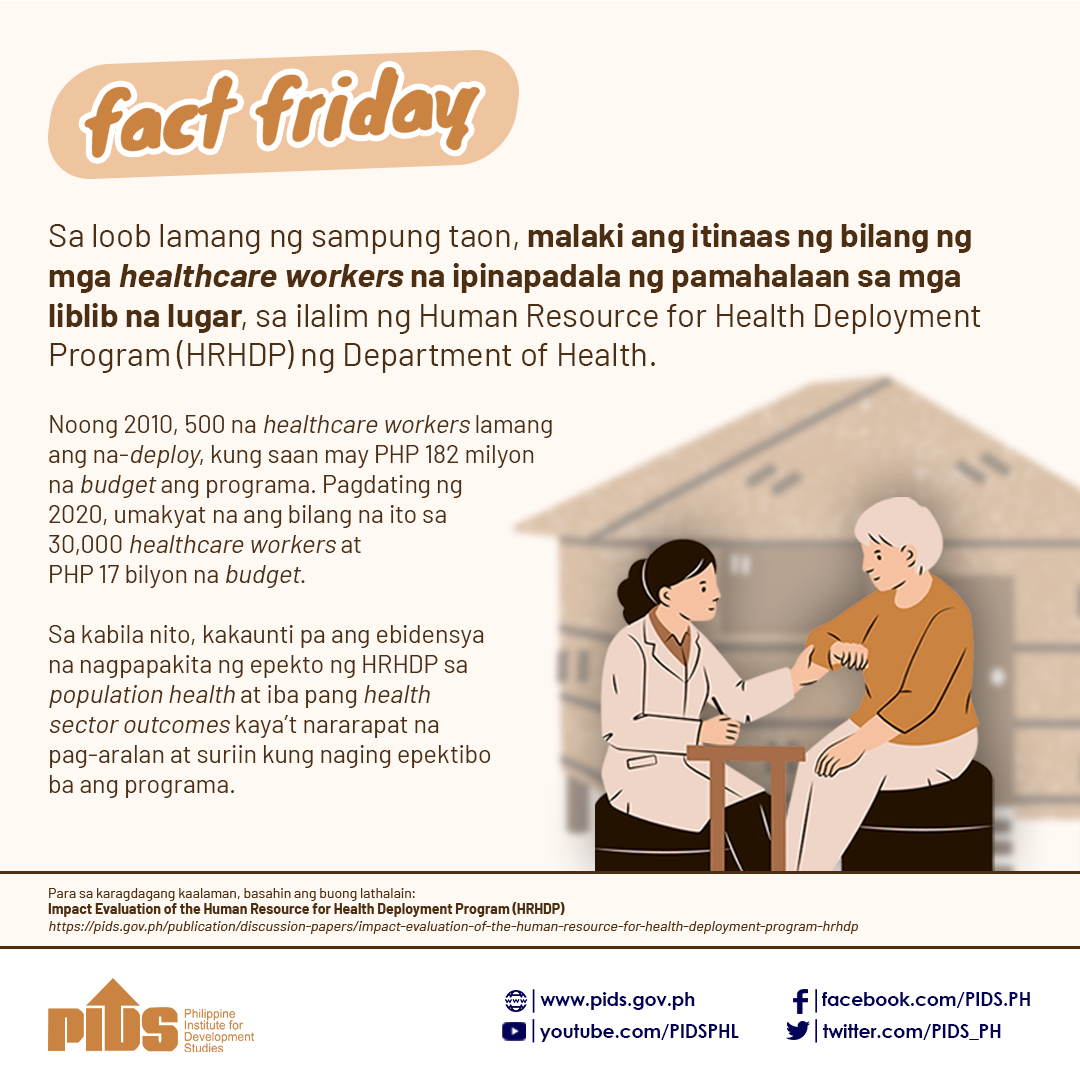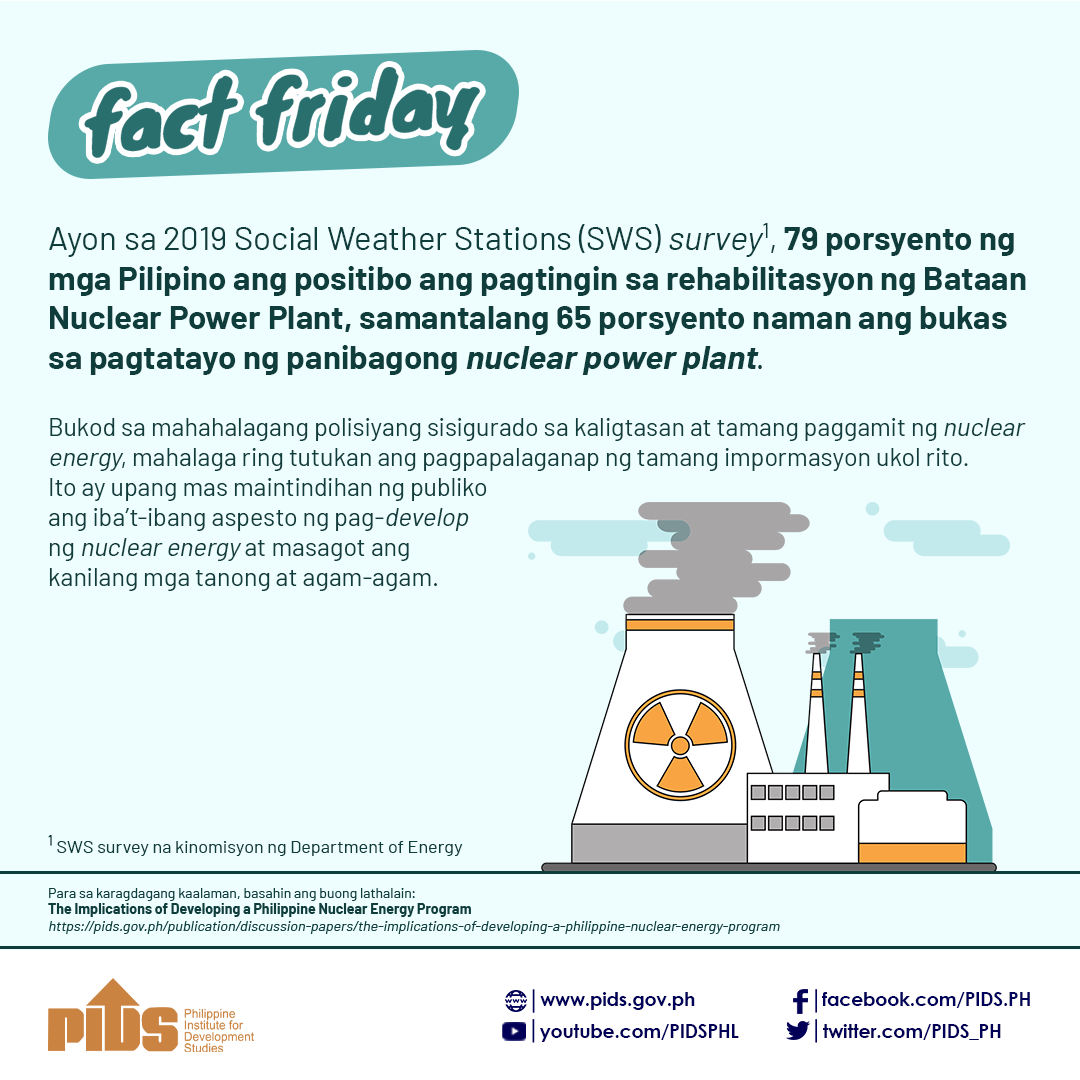Despite millions poured into the Department of Labor and Employment’s (DOLE) Special Program for the Employment of Students (SPES), a study showed it had minimal impact on the education and employability of its beneficiaries.
The Philippine Institute for Development Studies (Pids) said this was based on the findings of a study conducted by Innovations for Poverty Action (IPA), a nonprofit policy research organization.
PIDS said Emily Beam, associate professor at Vermont University and lead researcher of the IPA study, disclosed that while SPES costs the government P3,561 per beneficiary, the amount increases when the cost of dropouts and those who do not get employed are factored in.
“The DOLE spends P222,600 per student that drops out given that 1.6 in every 100 beneficiaries of the program are prevented from dropping out of school in a given year,” Beam said in a PIDS statement.
She added that for every 100 SPES beneficiaries, only 3.9 are employed, at a cost of P91,318 per eventual job found.
According to Beam, the SPES does not increase enrollment in schools or improve college-graduation rate because enrollment rate is at 95 percent. She added that SPES applicants will enroll in school regardless if they are chosen to receive SPES or not.
She noted that SPES increases enrollment for males, who are at a higher risk of dropping out from school. During the course of the study, it was observed that only a third of SPES beneficiaries were men.
Pids said Beam pointed out that lower-income students may benefit more from SPES than out of school youths. With this, Pids said, the study recommended the improvement of the targeting system for SPES to maximize program effectiveness.
“Among those not enrolled, the most common reason was financial in nature. There wasn’t a case where not having benefited from SPES was the reason for dropping out,” Beam said.
“Male students from poorer families and high-school students get greatest educational benefits from SPES. Refining the program targeting through adjustments in the screening criteria or outreach methods may help SPES reach those who benefit the most,” she added.
In terms of the impact of the SPES on employability of beneficiaries, Pids said the study showed minimal gains.
According to Beam, SPES participants are not being given “meaningful” jobs that could enhance their skills and employability in the future.
In addition, it was noted that participation in the SPES does not affect students’ self-esteem or self-reported life skills in the medium run.
“Nearly all SPES participants are engaged in office work in local government units, doing tasks, such as answering phones, surveying, encoding and organizing and filing, with some doing purely make-work tasks, such as maintaining the orderliness of the office,” Beam said.
Citing the study, Pids said the SPES may be more effective as a work program rather than an education program in the medium term. However, it cautioned that costs of implementing such program remain high.
It also recommended for program implementers to resolve payment delays to help students use earnings to fund their education.
According to the study, less than half of the beneficiaries received their salary within one month after participating in the SPES, with some still waiting for their payment nine months after their employment ended.
Implementers must also explore ways for students to gain meaningful skills from their work experience as SPES beneficiaries. Directly providing students with life-skills training or job-search training may be low cost and more successful, the study suggested.
Pids said the SPES is an employment bridging program of the DOLE that aims to augment the income of poor but deserving students, out of school youths (OSYs), or dependents of displaced workers who intend to finish education.
It said employment lasts for 20 to 52 working days during school break. It is open to all qualified high school, college or vocational/technical students, and OSYs.
The Pids added that the Public Service Employment Offices facilitates the matching, with the DOLE providing 40-percent wage subsidy to employers. In 2016 the government spent P700 million and provided jobs to over 200,000 beneficiaries.
The Philippine Institute for Development Studies (Pids) said this was based on the findings of a study conducted by Innovations for Poverty Action (IPA), a nonprofit policy research organization.
PIDS said Emily Beam, associate professor at Vermont University and lead researcher of the IPA study, disclosed that while SPES costs the government P3,561 per beneficiary, the amount increases when the cost of dropouts and those who do not get employed are factored in.
“The DOLE spends P222,600 per student that drops out given that 1.6 in every 100 beneficiaries of the program are prevented from dropping out of school in a given year,” Beam said in a PIDS statement.
She added that for every 100 SPES beneficiaries, only 3.9 are employed, at a cost of P91,318 per eventual job found.
According to Beam, the SPES does not increase enrollment in schools or improve college-graduation rate because enrollment rate is at 95 percent. She added that SPES applicants will enroll in school regardless if they are chosen to receive SPES or not.
She noted that SPES increases enrollment for males, who are at a higher risk of dropping out from school. During the course of the study, it was observed that only a third of SPES beneficiaries were men.
Pids said Beam pointed out that lower-income students may benefit more from SPES than out of school youths. With this, Pids said, the study recommended the improvement of the targeting system for SPES to maximize program effectiveness.
“Among those not enrolled, the most common reason was financial in nature. There wasn’t a case where not having benefited from SPES was the reason for dropping out,” Beam said.
“Male students from poorer families and high-school students get greatest educational benefits from SPES. Refining the program targeting through adjustments in the screening criteria or outreach methods may help SPES reach those who benefit the most,” she added.
In terms of the impact of the SPES on employability of beneficiaries, Pids said the study showed minimal gains.
According to Beam, SPES participants are not being given “meaningful” jobs that could enhance their skills and employability in the future.
In addition, it was noted that participation in the SPES does not affect students’ self-esteem or self-reported life skills in the medium run.
“Nearly all SPES participants are engaged in office work in local government units, doing tasks, such as answering phones, surveying, encoding and organizing and filing, with some doing purely make-work tasks, such as maintaining the orderliness of the office,” Beam said.
Citing the study, Pids said the SPES may be more effective as a work program rather than an education program in the medium term. However, it cautioned that costs of implementing such program remain high.
It also recommended for program implementers to resolve payment delays to help students use earnings to fund their education.
According to the study, less than half of the beneficiaries received their salary within one month after participating in the SPES, with some still waiting for their payment nine months after their employment ended.
Implementers must also explore ways for students to gain meaningful skills from their work experience as SPES beneficiaries. Directly providing students with life-skills training or job-search training may be low cost and more successful, the study suggested.
Pids said the SPES is an employment bridging program of the DOLE that aims to augment the income of poor but deserving students, out of school youths (OSYs), or dependents of displaced workers who intend to finish education.
It said employment lasts for 20 to 52 working days during school break. It is open to all qualified high school, college or vocational/technical students, and OSYs.
The Pids added that the Public Service Employment Offices facilitates the matching, with the DOLE providing 40-percent wage subsidy to employers. In 2016 the government spent P700 million and provided jobs to over 200,000 beneficiaries.












